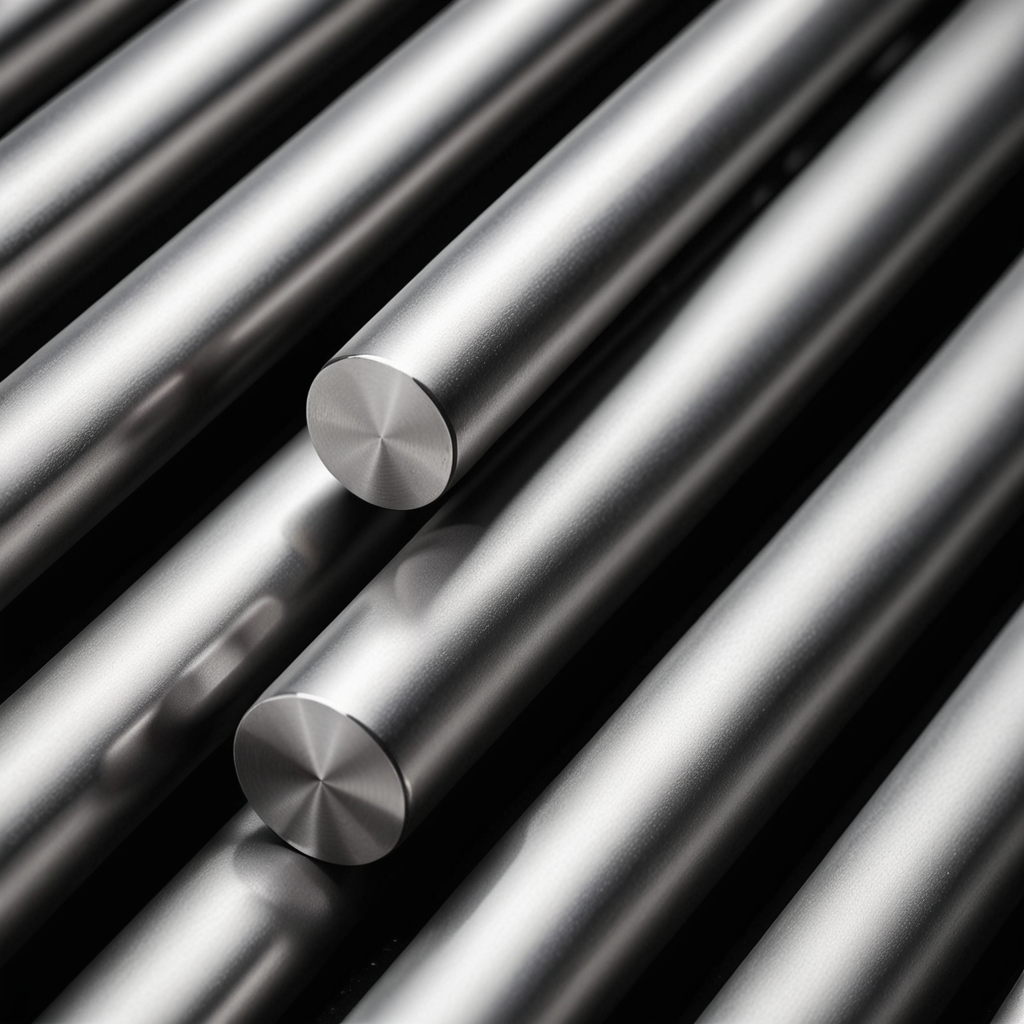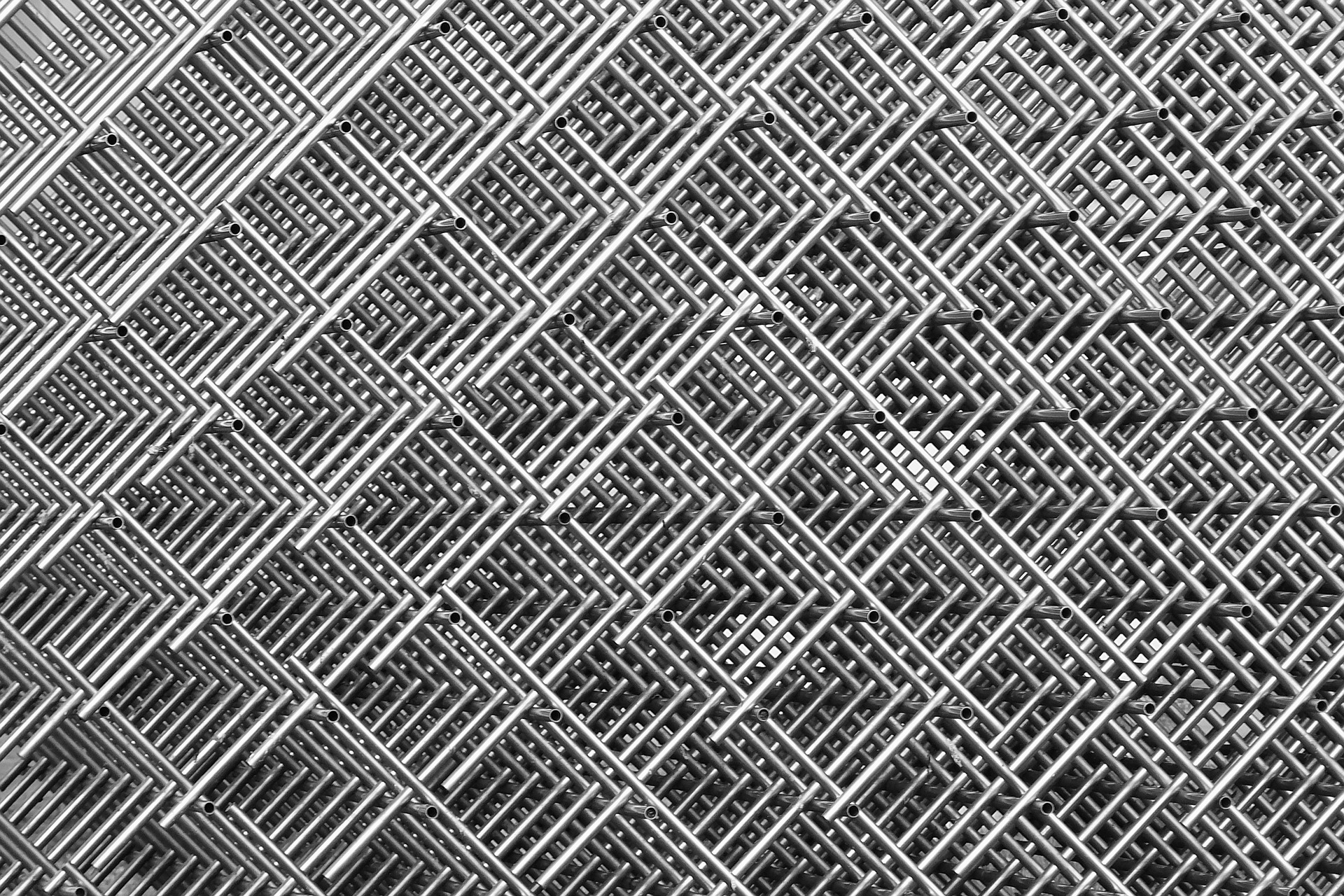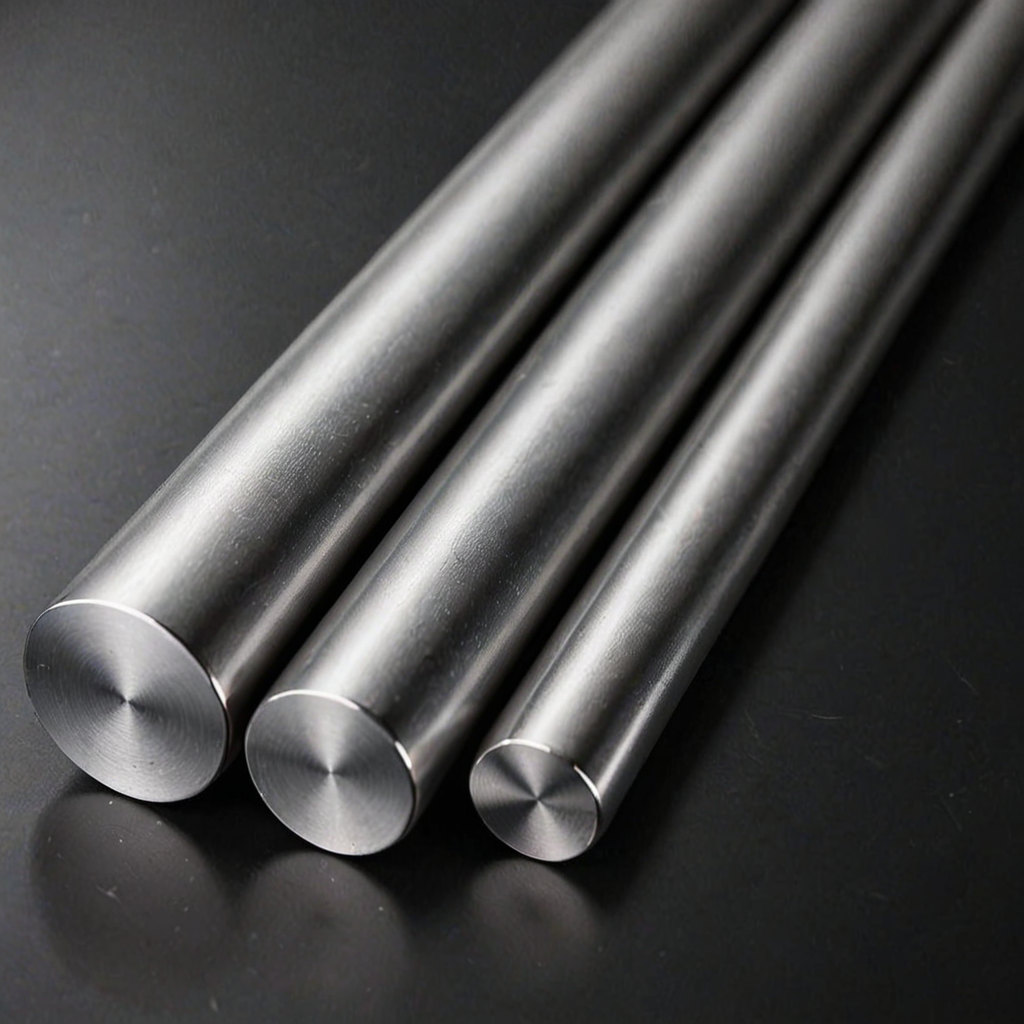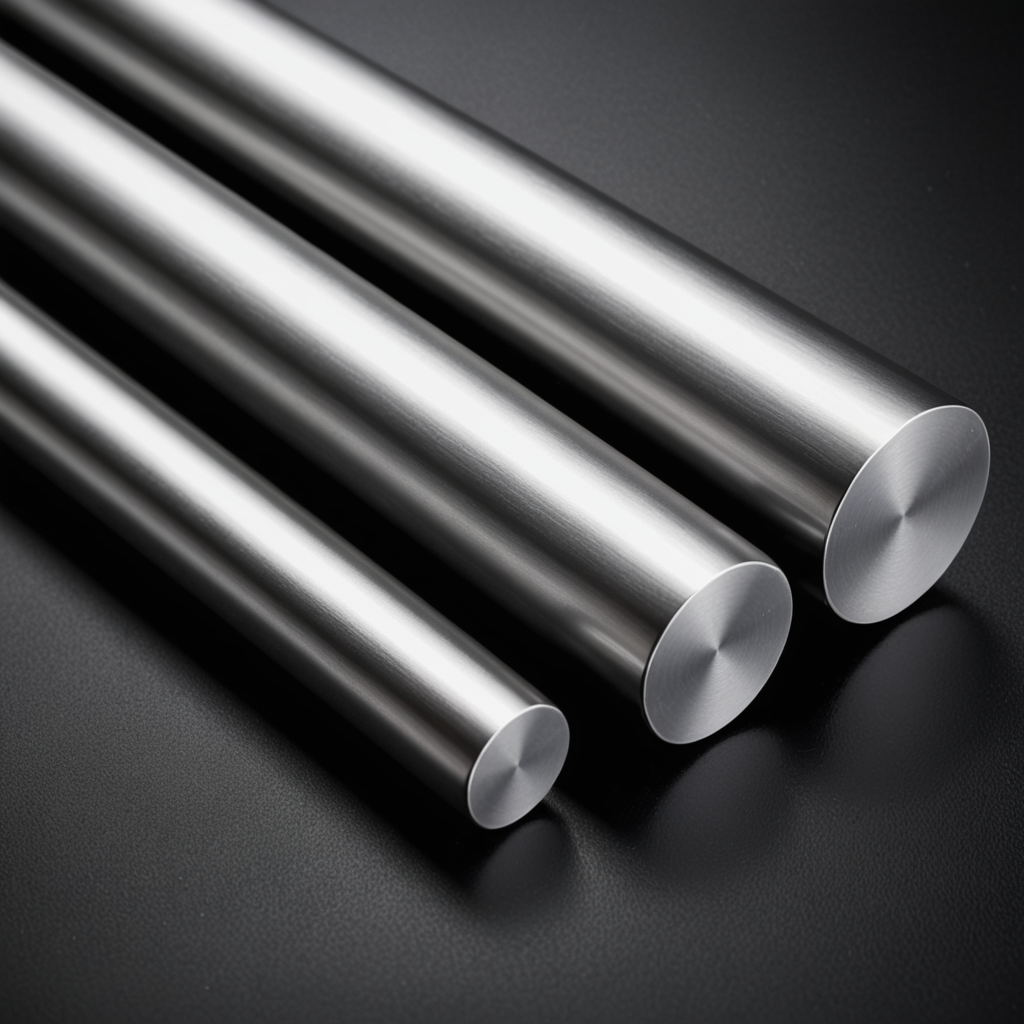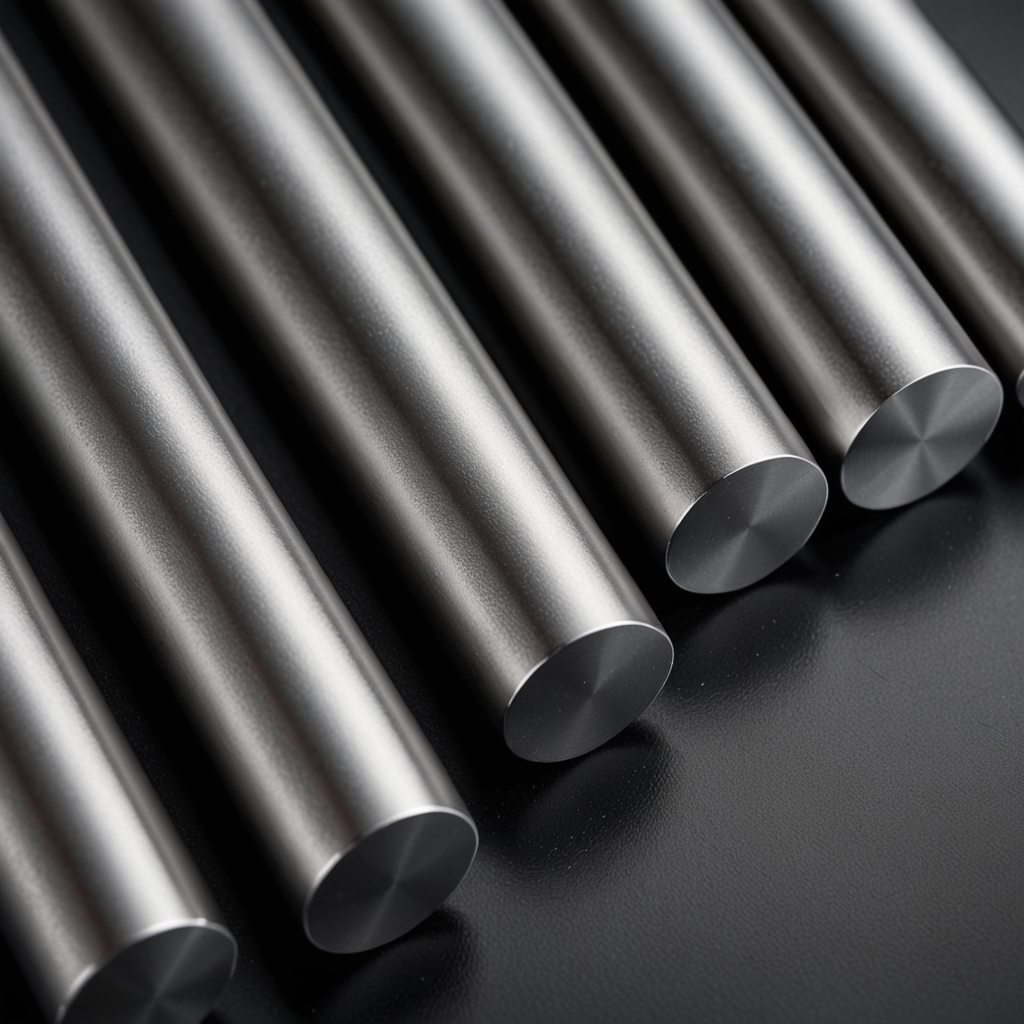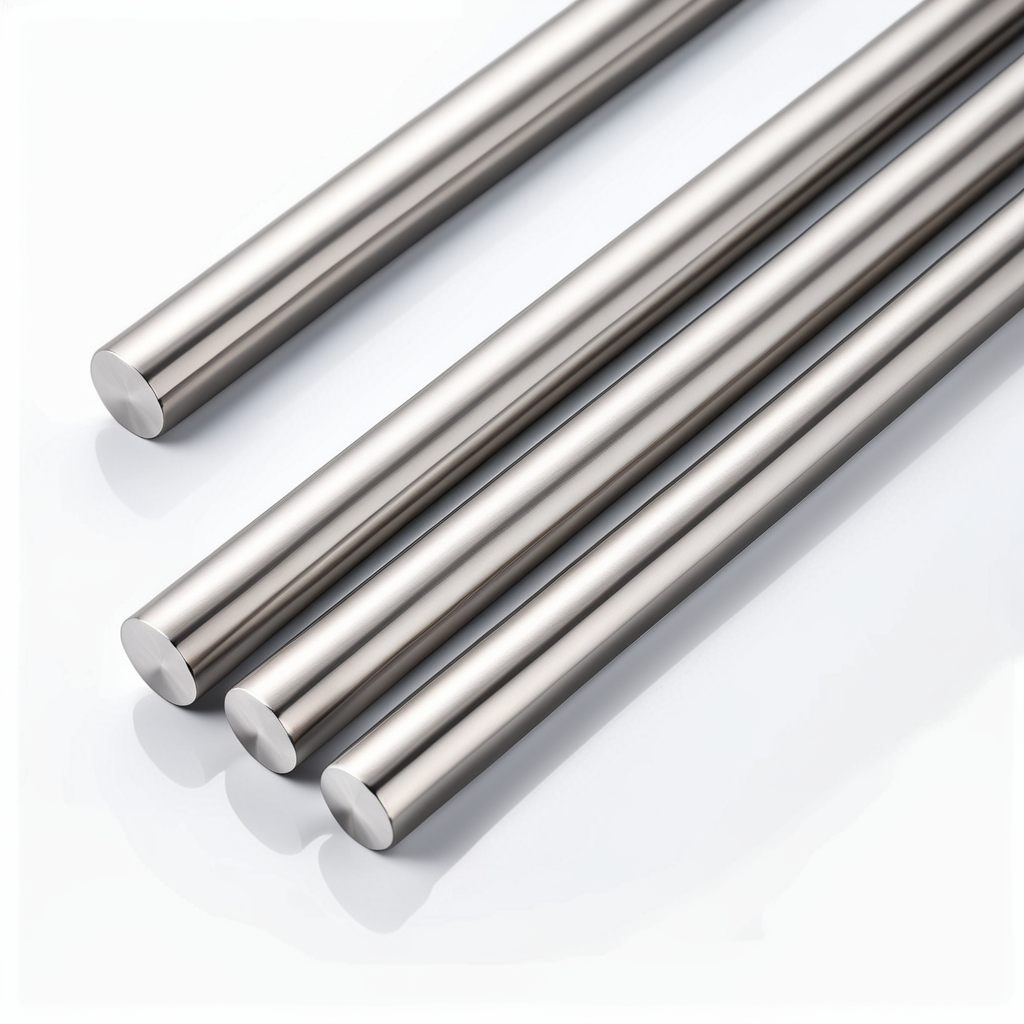When choosing stainless steel materials, 304 stainless steel and 316 stainless steel are two of the most common options. They are widely used across various industries such as construction, manufacturing, food processing, and medical devices. Although these two types of stainless steel may appear similar, they have significant differences in terms of composition, performance, and applications. This article will explain the differences between 304 stainless steel and 316 stainless steel to help you select the best material for your needs.
Characteristics of 304 Stainless Steel
304 stainless steel is one of the most widely used stainless steels, known for its versatility. It is made up of 18% chromium and 8% nickel, which is why it’s often referred to as 18/8 stainless steel. 304 stainless steel offers excellent corrosion resistance, weldability, and high strength, making it an ideal choice for many general-purpose applications.
Advantages of 304 Stainless Steel:
- Good Corrosion Resistance: 304 stainless steel resists rust and corrosion well, especially in moist and oxidizing environments.
- Cost-Effective: Compared to 316 stainless steel, 304 stainless steel is more affordable, making it a popular choice for projects with budget constraints.
- Easy to Fabricate: 304 stainless steel is easy to weld and form, making it suitable for various manufacturing processes.
- Versatile: 304 stainless steel is used in kitchen equipment, food processing equipment, chemical containers, and building materials.
Characteristics of 316 Stainless Steel
316 stainless steel is an alloy that contains 2-3% molybdenum in addition to chromium and nickel, which significantly enhances its corrosion resistance, especially in chloride or saline environments. 316 stainless steel is commonly used in more demanding environments, such as marine equipment and chemical processing facilities.
Advantages of 316 Stainless Steel:
- Superior Corrosion Resistance: Due to the added molybdenum, 316 stainless steel performs better in chloride environments, effectively preventing pitting and crevice corrosion. It’s ideal for marine applications and chemical processing equipment.
- High-Temperature Resistance: 316 stainless steel maintains better strength and oxidation resistance at high temperatures compared to 304, making it suitable for high-temperature applications.
- Chemical Resistance: 316 stainless steel has better resistance to a wide range of chemicals, including acids, alkalis, and salts, making it commonly used in the pharmaceutical and chemical industries.
- Greater Durability: Although 316 stainless steel is more expensive than 304, its longevity in harsh environments makes it a preferred choice for many demanding applications.
Main Differences Between 304 and 316 Stainless Steel
While both 304 stainless steel and 316 stainless steel share many advantages, such as corrosion resistance and low maintenance, they differ significantly in strength, cost, and ideal applications. Below are the key differences:
1. Corrosion Resistance
- 304 stainless steel has excellent corrosion resistance, making it suitable for most general applications such as kitchen appliances, piping, and construction materials.
- 316 stainless steel performs better in saline or chloride-exposed environments, such as marine equipment and swimming pool accessories, due to its added molybdenum content.
2. Cost
- 304 stainless steel is more economical, making it the go-to option for budget-conscious projects.
- 316 stainless steel is slightly more expensive, primarily because of the additional molybdenum, but it’s the better choice for harsher environments.
3. Application Scenarios
- 304 stainless steel is widely used in everyday applications like household appliances, automotive parts, kitchen countertops, and cutlery.
- 316 stainless steel is more commonly used in challenging environments, such as marine engineering, chemical processing, and medical implants, where superior corrosion resistance is required.
4. High-Temperature Performance
- 304 stainless steel maintains good strength and oxidation resistance at high temperatures, but in environments with both high heat and strong corrosion, 316 stainless steel is a better choice.
- 316 stainless steel can withstand higher temperatures, making it suitable for use in high-temperature chemical equipment or applications that involve extreme heat.
How to Choose the Right Material?
Choosing between 304 stainless steel and 316 stainless steel depends on your specific application needs. If your project requires a material with good corrosion resistance and strength but with a limited budget, 304 stainless steel is an excellent choice. It’s widely used in indoor environments and for projects that do not face extreme conditions, providing an economical and practical solution.
However, if your project involves marine environments, chemical exposure, or requires material stability in high-temperature and highly corrosive environments, 316 stainless steel is the ideal option. Although it costs more than 304, its performance in such harsh conditions is far superior, significantly extending the life of the equipment.
Conclusion: Ideal Applications for 304 Stainless Steel and 316 Stainless Steel
Both 304 stainless steel and 316 stainless steel have their unique advantages, and the choice between them depends on the specific application. For everyday use or projects that require affordability and workability, 304 stainless steel is the ideal material. On the other hand, for long-term exposure to corrosive environments or for applications that require high strength and corrosion resistance, 316 stainless steel offers superior performance and durability.
Whether you need the cost-effectiveness and versatility of 304 stainless steel or the superior corrosion resistance and toughness of 316 stainless steel, understanding their differences will help you choose the right material for your project, ensuring success and reducing long-term maintenance costs.


